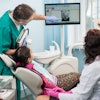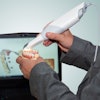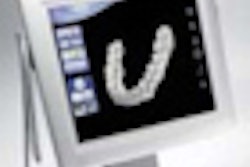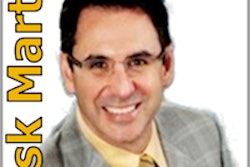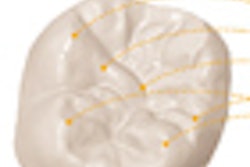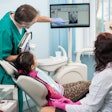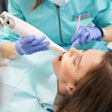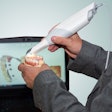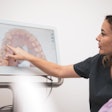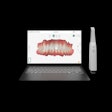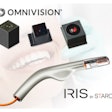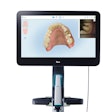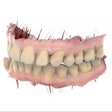
A Canadian software developer and intraoral scanner manufacturer is working with some of the leading providers of dental CAD/CAM equipment, materials, and services to spearhead software standardization in digital dentistry.
In March, Dental Wings joined forces with 3M ESPE and Straumann to create an open standard software platform for use across a range of dental applications. At the same time, 3M ESPE and Straumann announced their intention to adopt the Dental Wings Operating Software (DWOS) platform as the core software in their CAD/CAM systems.
More recently, Absolute Ceramics joined the standardization initiative, which is intended to enhance flexibility, simplicity, and convenience for users of dental CAD/CAM systems and save them time, money, and investment risk, according to Naoum Araj, president of Dental Wings. In addition, Straumann further demonstrated its commitment to the standardization effort by taking a 30% equity stake in Dental Wings, Araj noted.
“Dental professionals should no longer be locked into specific scanning or manufacturing systems.”
— Naoum Araj, president, Dental Wings
"When we formed this company in 2007, we recognized that the market was moving to more open platforms and that the dental market was going to be similar to any other industrial market in this respect," he said. "So we built DWOS on a robust manufacturing platform with real production management processes."
DWOS is a commercially available, open software system that offers dental laboratories the flexibility of designing prosthetics using data from multiple systems and sources, including in-lab model scans, chairside intraoral scans, and impression scans received directly from dental practices. In addition, several intraoral scanners are now compatible with DWOS, enhancing convenience and offering users access to a broader range of CAD/CAM services and providers.
In addition to the DWOS platform, Dental Wings offers three intraoral scanners, all powered by DWOS.
"We do all software development in-house and have about 50 employees," Araj said. "We are fully dedicated to dental CAD/CAM and have total control of the technology we are delivering."
To date, the company has delivered nearly 2,000 scanners to customers all over the world, including North America, South America, Europe, and Asia, he added, and the software is currently available in 12 languages.
Open vs. closed
The key component of the company's strategy is to offer dental practitioners and dental labs more flexibility and capabilities when using digital impressioning systems, Araj explained.
"What dentists and dental labs are looking for is to have the flexibility to use their scanners and design software the way they want and not be limited to a given material, process, or manufacturer," he said. "But they are also looking for the 'guaranteed' results that closed systems can offer. DWOS offers the best of both worlds. Users can get predictable results by following the manufacturers’ recommended process workflows and design rules."
Dental professionals should no longer be locked into specific scanning or manufacturing systems, and we believe that a common platform will revolutionize the dental industry, he emphasized.
"We offer,the advantages of “open” systems together with the predictability of “closed” systems by working with all the major companies to make sure users have access to their CAD/CAM processes through the DWOS platform," he said. "We want to work with all other dental companies to include their materials, and to integrate their processes and controls into DWOS."
Dental Wings also believes that getting all dental CAD/CAM providers to work together in a standardized environment will spur greater adoption of digital impressioning by practitioners, Araj added.
"The growth in digital dentistry is limited to 2% to 3% because dentists are confused," he said. "There are too many digital impressioning products on the market. None of the dental firms are competing on software;they are all interested in materials, manufacturing processes, implants, prostheses, etc. So this is where an independent software company like Dental Wings can add value and offer a standard solution."
The dental industry is maturing to the point that "we realize dental labs can't be trained on 25 different software systems," he added. "Right now every company has its own software that allows you to design a crown 25 different ways. Can you imagine the headache of this for the dentist and dental lab? We think this is why many dentists are hesitating to invest in this technology. We don't need 25 ways to design a crown or a custom abutment."
